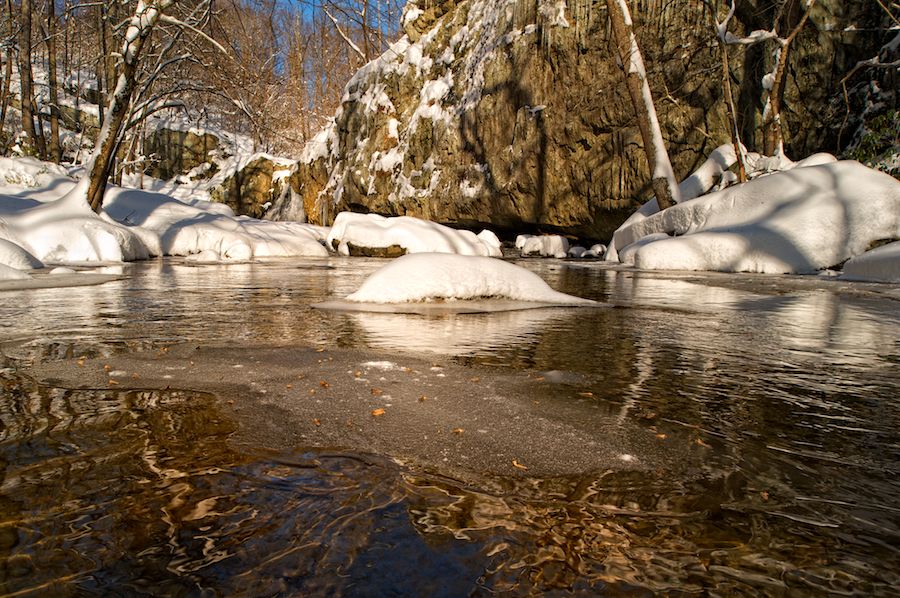
Do Your Homework!!
Here is another installment in my continuing series of photo self-assignments. Remember that the name of the game is practice, practice, practice.
Today I’m suggesting a seasonal assignment, one that plagues many photographers.
Shooting in the Snow
Snow is white, right? Not if you’ve ever photographed it. Snow can appear white and textured or overblown and featureless. It can even appear gray or yellow, much to the frustration of even advanced amateur photographers. You definitely witness the scene one way, yet in the camera or on your print it looks entirely different.The reason why this happens lies entirely with your camera’s sensor, not with your eyes. In two areas even the best sensor is no match for the human eye. The first sensor deficit in in contrast. The human eye can register a much wider contrast range than can a camera sensor. The second area where sensors lag is in recording certain scenes, such as snow. Here’s why.
How a Sensor Works on Snow
A sensor works by trying to register a scene in 18% (neutral) gray. In other words, given a scene with lots of contrast, the sensor will assign a value of 100% to the brightest part of the scene and 0% to the blackest black. So with very snowy scenes, it tends to bring down the snow values to a yucky grayish tone. In essence it tries to make it closer to 18% gray.There are several ways to deal with this problem. If you are a pro or advanced amateur, and you shoot in RAW format, you have the advantage of changing your white balance during post-processing. That flexibility is one the many reasons I recommend shooting in RAW. But what if you have a point and shoot, or simply don’t want to do much post-processing of your images.
Solving the Gray Snow Problem
Here’s a trick you can use. Simply increase the exposure anywhere from ⅓ stop to 2 whole stops! Sounds counterintuitive, right? But increasing the exposure brightens the scene and brings the snow back to its original hue. Unfortunately, there is no hard and fast rule for how much exposure increase you’ll need. Every camera meter, sensor and scene is different, so you’ll just have to experiment with it. Remember to look at your images in your LCD screen. If you are an advanced photographer, it’s critical that you look at your histogram to see if the graph is off the right side of the screen. If it is, you have blown out highlights and you need to back off the exposure bit by bit.Also, experiment with your white balance (even many point-and-shoots nowadays allow you to do this). Did you know that simply switching your white balance from Automatic to Cloudy will warm up the snow?
Now For the Homework
So, in the midst of winter now, our assignment is to dress warmly, go outdoors and take our time making various exposures until we get the effect we want.Good luck!